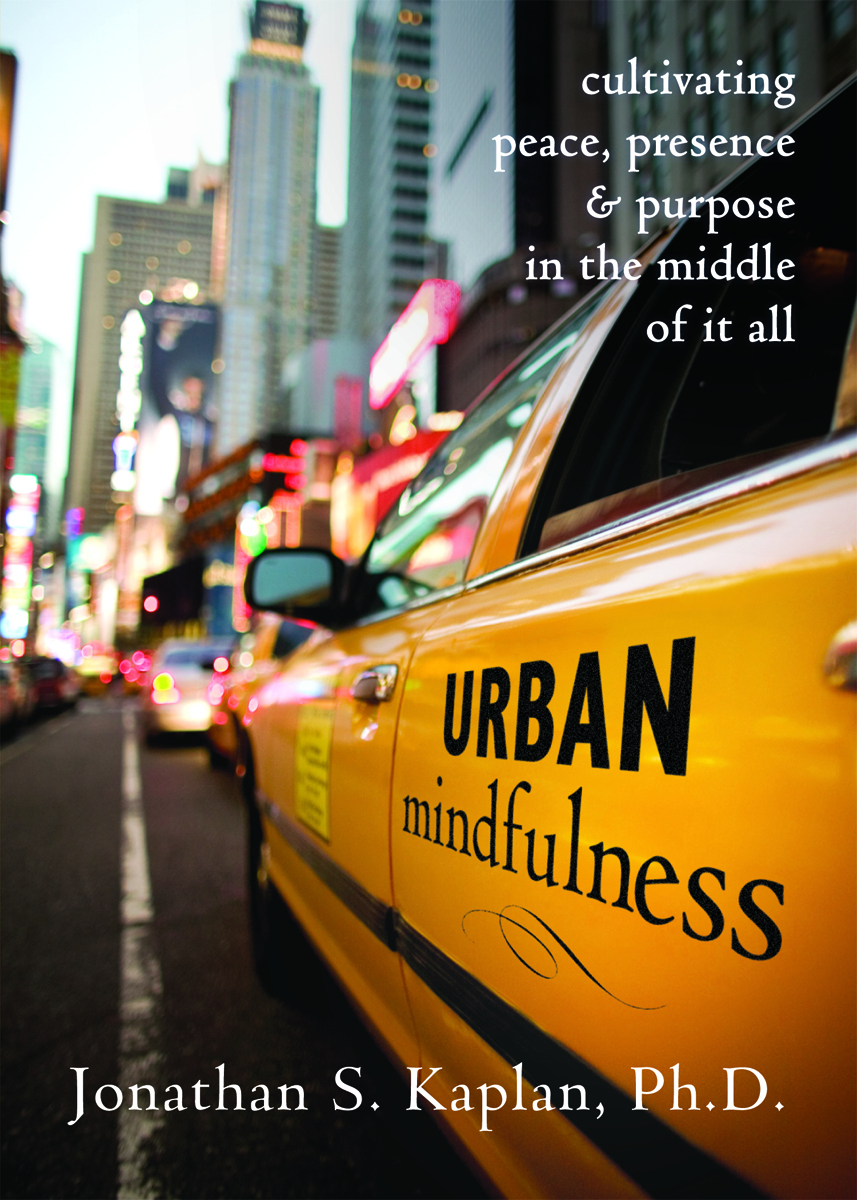Why You Can't Meditate (And What to Do About It) - Can't Sit Still?
 Monday, December 10, 2012 at 03:17PM
Monday, December 10, 2012 at 03:17PM This article is the second in a series on obstacles to meditation. Many of us have the intention to meditate regularly, yet our actual behavior can fall short of the goal. Rather than getting stuck in inactivity, regret, or self-criticism, it’s most constructive to figure out the nature of the difficulty and address it productively. This article is for people who have difficulty remaining seated during meditation.
Obstacle: I can’t sit still.
Whenever you try a seated meditation, you feel restless and jittery. It’s almost like ants are crawling all over your skin--on the inside! Almost involuntarily, you find yourself squirming, wriggling, and ultimately ending your meditation session abruptly. Sound familiar?
Many folks do have trouble with seated meditations, especially as beginners to the practice. In my experience, such people often have issues with anxiety or ADD/ADHD, too. The solution is relatively simple: don’t sit; walk instead.
Classically, meditation is practiced in four postures: sitting, standing, walking, and lying down. The idea basically is that we can be meditating in any position of the body. So, instead of forcing yourself to sit, a more compassionate, effective approach is to try a walking meditation.
 You can practice this in two ways. First, you can attend to the physical sensations of walking, like the feeling on the soles of your feet when you make contact with the floor (and the absence of sensation when you lift each foot). Recently, I sprained my ankle, and I’ve been acutely aware of the feeling in my foot (mostly pain) as I walk. Each time I take stairs, I do so slowly, gingerly, and mindfully. What normally would have been a frustrating experience has become yet another opportunity for practice.
You can practice this in two ways. First, you can attend to the physical sensations of walking, like the feeling on the soles of your feet when you make contact with the floor (and the absence of sensation when you lift each foot). Recently, I sprained my ankle, and I’ve been acutely aware of the feeling in my foot (mostly pain) as I walk. Each time I take stairs, I do so slowly, gingerly, and mindfully. What normally would have been a frustrating experience has become yet another opportunity for practice.
Second, you can make a mental note based on your physical movements. For example, you might attend to the process of walking by thinking “left” each time you take a step with your left foot, then “right” each time you move your right foot. Alternatively, as suggested by the meditation teacher Joseph Goldstein, you could note “lift, move, place” in synchrony with each step. Depending on the kind of meditation that you’re doing, you might recite other words or phrases with each step. For me, “peace” and “love” are two nice ones.
We don’t need a lot of space to do a walking meditation. It can involve taking about a dozen steps forward, turning around slowly, and then coming back the other way.
So, next time you meditate, don’t just sit there! Get up, walk around, and try one of these suggestions.
Also, if you’re looking for other movement meditations, check out this article, 10 Unexpected Ways to Meditate, on Greatist by Sophia Breene. Thanks for the tips, Sophia!
 obstacles,
obstacles,  walking in
walking in  Meditation
Meditation 


